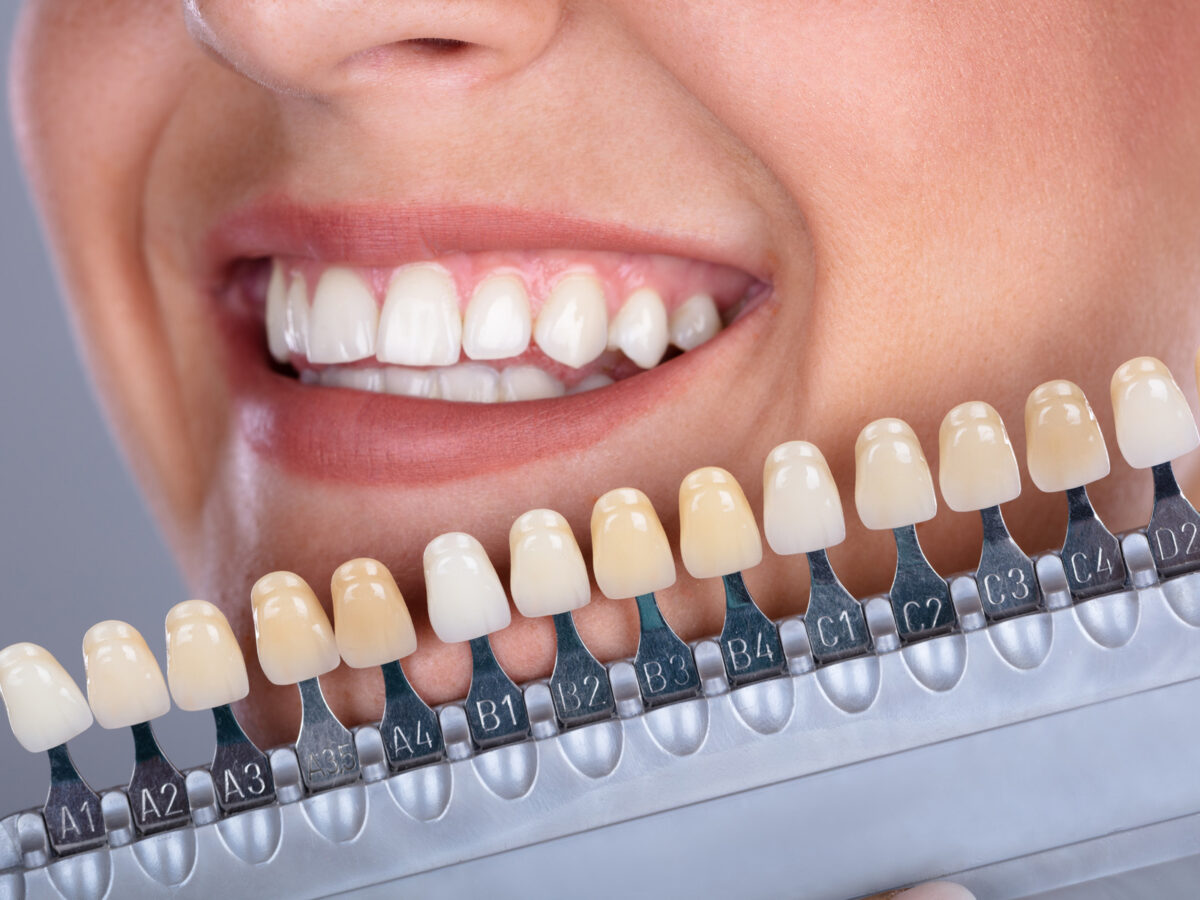Dental holding is a corrective method that uses a tooth-colored composite gum material to improve your smile. This technique is used to fix chipped teeth, close down cavities or change the shape and shade of a tooth. This cosmetic procedure is entirely reversible from other procedures.
It is the only oral procedure that takes less time and also offers numerous benefits. Consulting with a dentist could be the appropriate option, and you can get multiple guidelines that benefit you.
What is dental bonding?
Dental bonding, composite holding, or teeth bonding, is an oral treatment to improve your smile. During the technique, your dentist applies tooth-colored resin material to the impacted teeth to change their shape, size, or color.
When is dental bonding suggested?
Dental bonding is used to enhance your smile. The method uses tooth-color composite tar material to:
- Hide chips or breaks in your teeth
- Remove tooth staining
- Close holes and spaces between your teeth
- Make your teeth look longer
- Change the state of your teeth
A similar composite resin material used in the process is likewise used in supportive dentistry to:
- Fill cavity
- Replace old silver oral fillings
- Safeguard teeth roots that have been presented because of gum problems
Why is dental bonding common?
Cosmetic dental bonding is highly normal and is quite a frequently performed method in dentistry today.
What happens during the procedure?
During your dental bonding process, your dentist will:
- Select a shade
Your dentist uses a shade guide for selecting a composite material that matches the shade of your regular teeth.
- Set up your tooth
The outer layer of your tooth is roughened, and a molding fluid is applied. With this, the bonding material gets stuck to the tooth.
- Apply the composite sap material.
The resin material is applied, formed, and smoothed to give the ideal shape.
- Fix the material
Then, the composite gum is solidified with a restoring light, which “bonds” the material to the outer layer of your tooth.
- Clean your tooth
At last, your dentist will make any essential last changes and clean your tooth to give you a natural-looking smile.
How to take care of Bonded Teeth?
Keep in mind that bonding material can chip. So avoiding habits such as biting fingernails, biting on pens, ice, or other hard food articles, or using bonded teeth to tear things open, becomes paramount. If you see any sharp edges on a bonded tooth or the other hand, call your dentist if your tooth feels odd when you bite down.
Otherwise, bonded teeth don’t require special consideration. Follow these simple steps to maintain your oral hygiene.
- Clean your teeth two times every day
- Floss once a day
- Rinse with a clean mouthwash
- Avoid food that causes cavities
- Visit a dentist for checkups and cleaning
What are the advantages of this process?
Dental holding offers many advantages compared with other treatments. Some of them are:
- Negligibly obtrusive
While another process requires tooth modification, bonding doesn’t need enamel removal.
- Budget-friendly
Dental bonding is one of the most recommended and affordable oral procedures.
- Adaptable
Dental bonding can cure many corrective flaws, including chips, breaks, cavities, and staining.
- Quick and advantageous
Other corrective strategies, similar to veneers and crowns, require various arrangements. This procedure can be finished in only one visit.
Dental bonding causes no danger to your oral health. If you have solid teeth and gums, it’s entirely protected.
If you have general tooth decay, gum infection, or other difficult issues influencing your oral health, you might have to go for dental bonding, a complete process to enhance your oral health.




